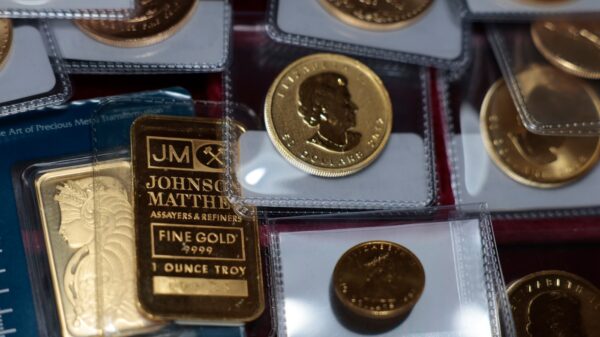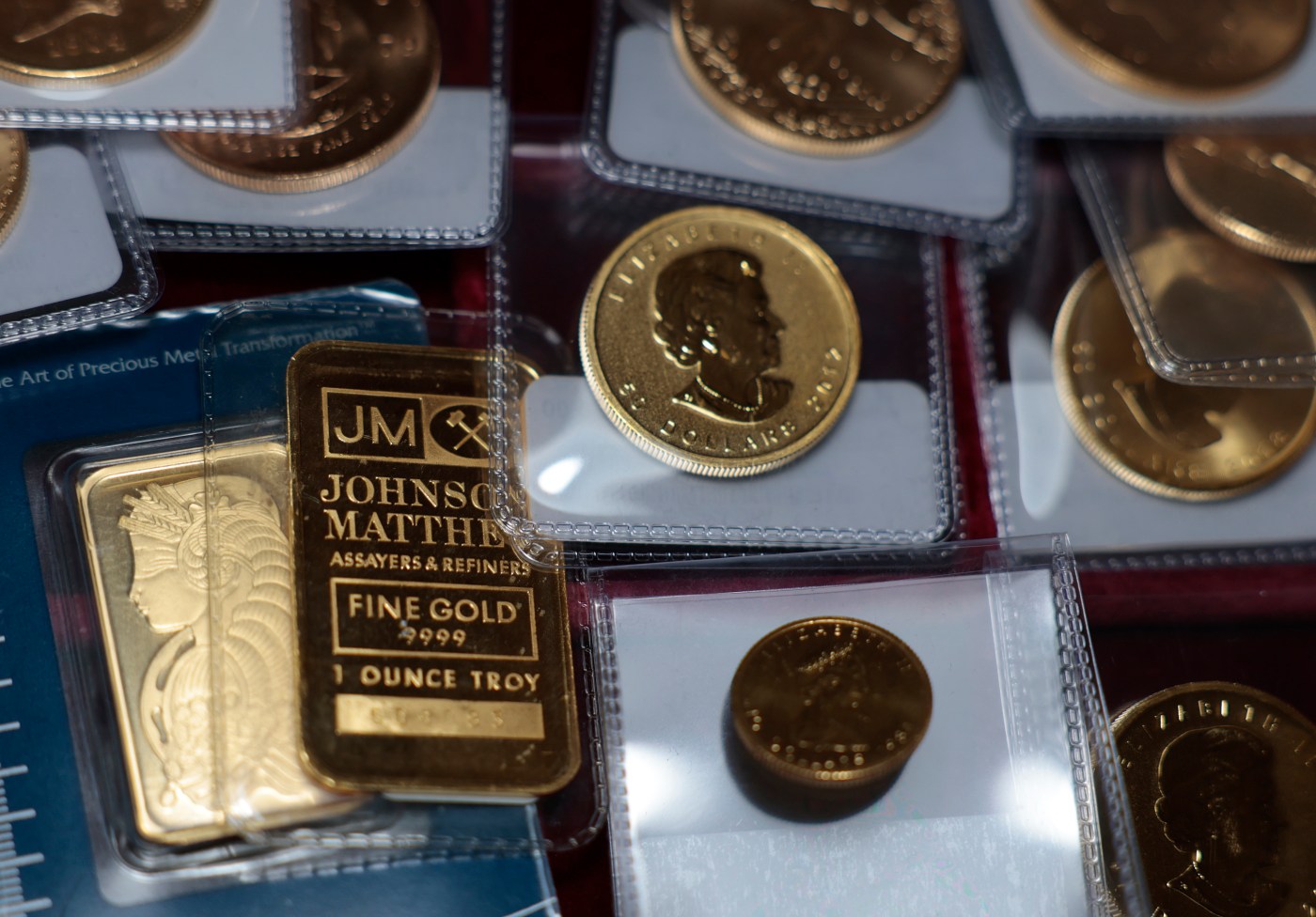The price of gold has reached unprecedented levels this year, prompting concerns over potential scams targeting unsuspecting investors. As of early March 2024, gold prices have soared past $4,000 per ounce, reflecting a complex interplay of economic factors and geopolitical tensions. While gold is traditionally viewed as a safe-haven asset during periods of instability, its current rise diverges from the typical patterns observed during economic downturns.
Historically, significant increases in gold prices have coincided with crises such as the inflation of the 1970s and the 2008-09 financial collapse. This time, however, the surge is driven not by a financial crisis but by shifting global dynamics. The purchasing spree began after President Joe Biden imposed sanctions on Russia, freezing the assets of its central bank in response to the invasion of Ukraine in 2022. Since then, central banks worldwide have acquired over 1,000 tons of gold annually to diversify their reserves, reducing reliance on the U.S. dollar.
China’s central bank has significantly ramped up its gold purchases, adding to its reserves every month this year. This strategy is influenced by past trade tensions under Donald Trump and the desire to hedge against an unpredictable economic landscape. As a result, gold is increasingly seen as a safer investment compared to U.S. Treasury securities, which are perceived as riskier due to fluctuating political policies.
Inflation concerns further fuel the gold rally. Although U.S. inflation currently stands at approximately 3%, experts warn that escalating government spending and tariffs could lead to higher inflation in the future. The call from some political figures, including Trump, for the Federal Reserve to lower interest rates could add to these inflationary pressures, pushing more investors to seek refuge in gold.
While these economic factors play a crucial role in gold’s appeal, speculation and hype have also surged. Retailers report increased customer interest in gold products, with many individuals cashing in old jewelry. Gold-backed funds, mining stocks, and futures have attracted significant attention, with the smaller silver market even witnessing a more substantial rally.
As interest in gold rises, so too do the risks of scams. The FBI has issued warnings regarding fraudsters posing as family members or law enforcement officials to deceive victims, often targeting the elderly. These scammers employ various tactics to extract cash or gold bars under false pretenses, exploiting the current surge in gold interest.
To protect against such scams, individuals are advised to be cautious. The government does not solicit purchases of gold or other precious metals, so any unsolicited offers should be disregarded. Additionally, it is wise to avoid sharing sensitive financial information with unknown individuals and to refrain from handing over valuables to drivers or couriers who arrive unexpectedly.
Investors should maintain perspective regarding the nature of gold investments. Despite its recent rise, it is important to remember that no asset appreciates indefinitely. As gold prices have more than doubled in recent years, fluctuations are entirely possible. While the allure of gold remains strong, potential investors should remain vigilant against both market volatility and fraudulent schemes.







































































